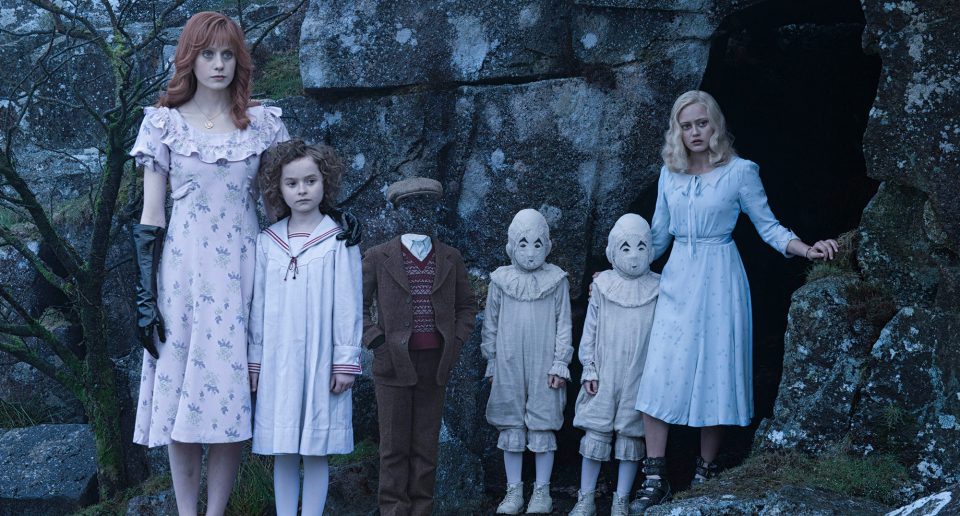“Miss Peregrine’s Home for Peculiar Children” Book to Film: What’s the Difference?

Samantha Schraub ’20 / Emertainment Monthly Staff Writer
Miss Peregrine’s Home for Peculiar Children, originally a novel by Ransom Riggs published by Quirk Books in June 2011, chronicles the journey of Jacob Portman. Jacob travels to the mystic Cairnholm Island in Wales to unlock the truth behind his grandfather’s inexplicable past. Like all adaptations, director Tim Burton’s reimagined Miss Peregrine’s Home for Peculiar Children strays from its source material, varying here and there to redefine characters, speed along the plot, and alter the ending.

Characterization of Portman’s personality varies greatly between the two media. Portman’s feelings are portrayed more strongly through Riggs’s words than through screenwriter Jane Goldman’s choices. Overall, the reader bonds more smoothly to book-Portman than film-Portman because of the better ability to identify with his emotions in print.

Alteration of characters continues as Burton swaps the peculiarities of Emma Bloom and Olive Abroholos Elephanta. In Riggs’s novel, Bloom has a warmth and a fiery personality that attract Jake. Elephanta is merely a minor character whose peculiarity is her ability to float. With the switch of powers between the two, Bloom is given a calmer personality, which is shown nicely. Usually, it is fiery-tempered female characters depicted as kickass action heroines, as opposed to quiet, resolute ones. In addition, Burton also fully develops the character Enoch O’Connor, presenting a dark character with a great arc.
The villainous wights kidnap Portman in the final act of the movie as opposed to Miss Peregrine in a way of speeding up the plot’s progression; this narrative choice does not work too effectively. Additionally, the ending highlights a goofy fight scene of peculiars against hollowgasts (invisible monsters featured in both medias). It takes place at a boardwalk carnival, a perfect setting for this absurd childishness.

The time loop in both film and book collapses, leading the children to find a new loop in desperation. In the book, this remains more of an open-ended resolution with no final solution; in the film, Portman travels through loops, finding one in 2016 that brings him back to the time when his grandfather was alive. His grandfather gives Jacob just enough information so that he and the children can embark on a new journey.
The ending hints at a sequel, which may or may not end up being produced.